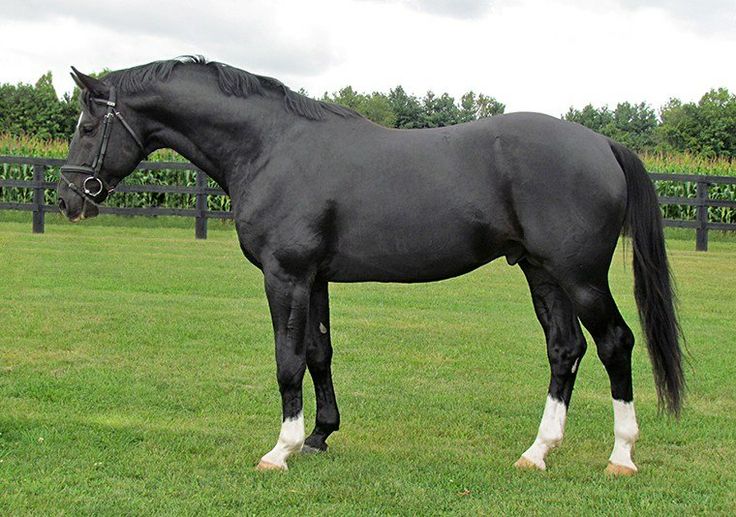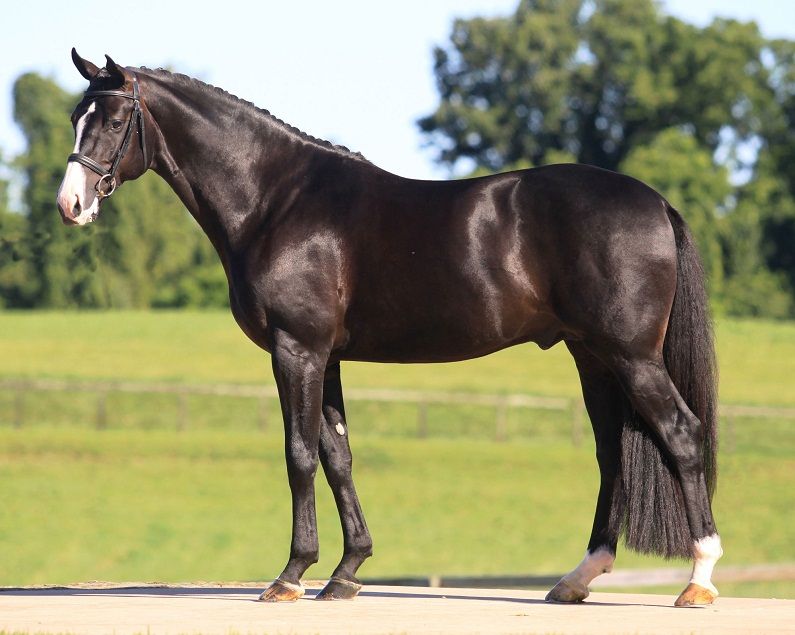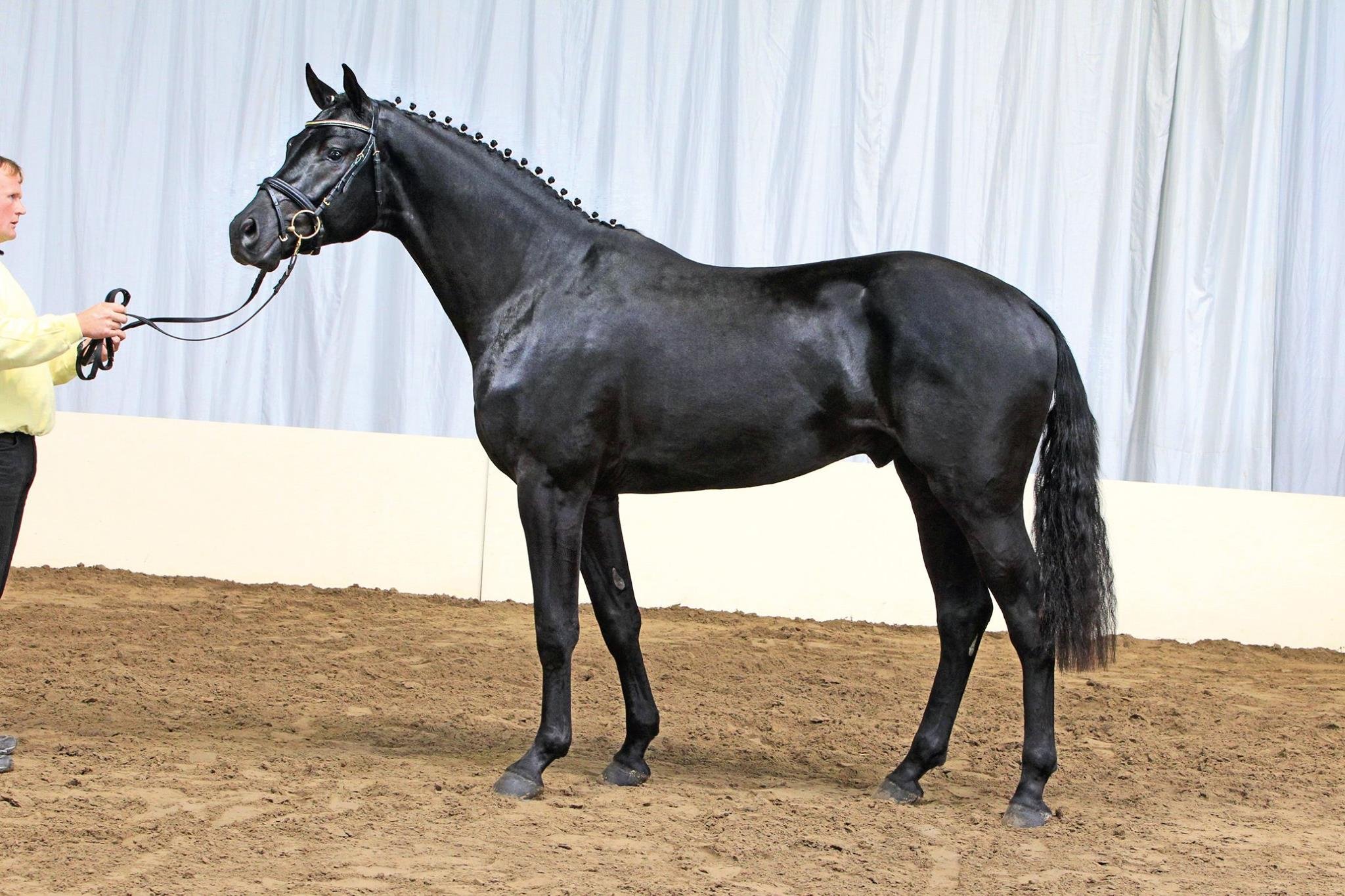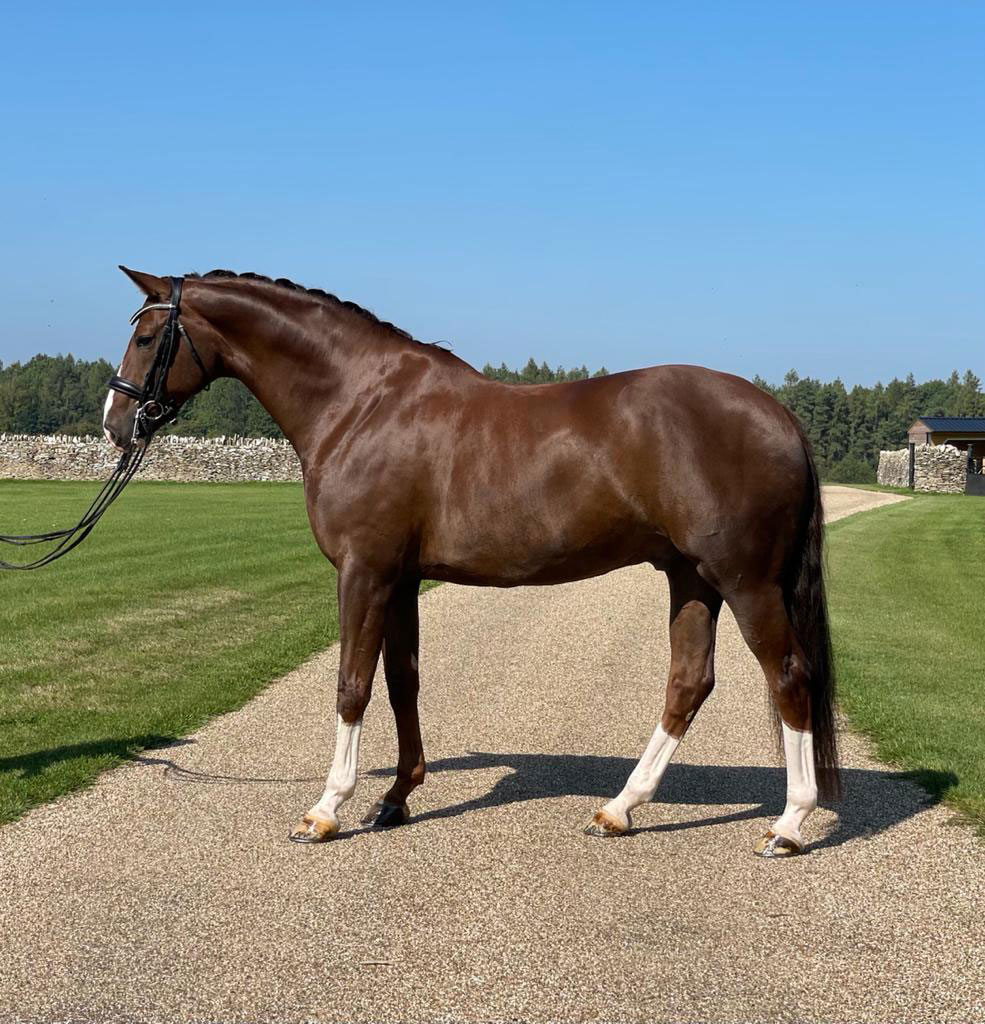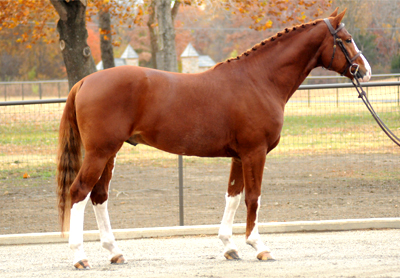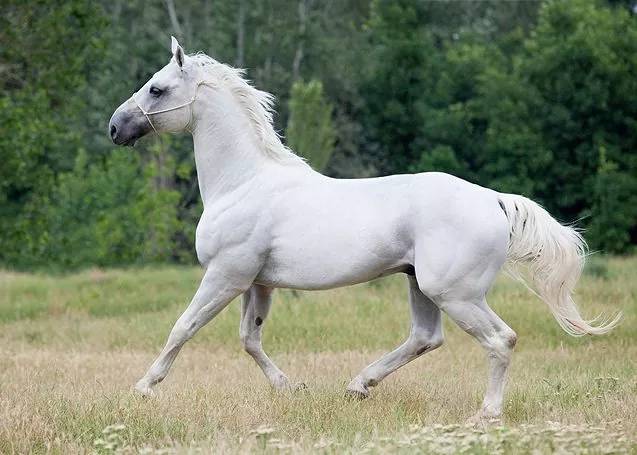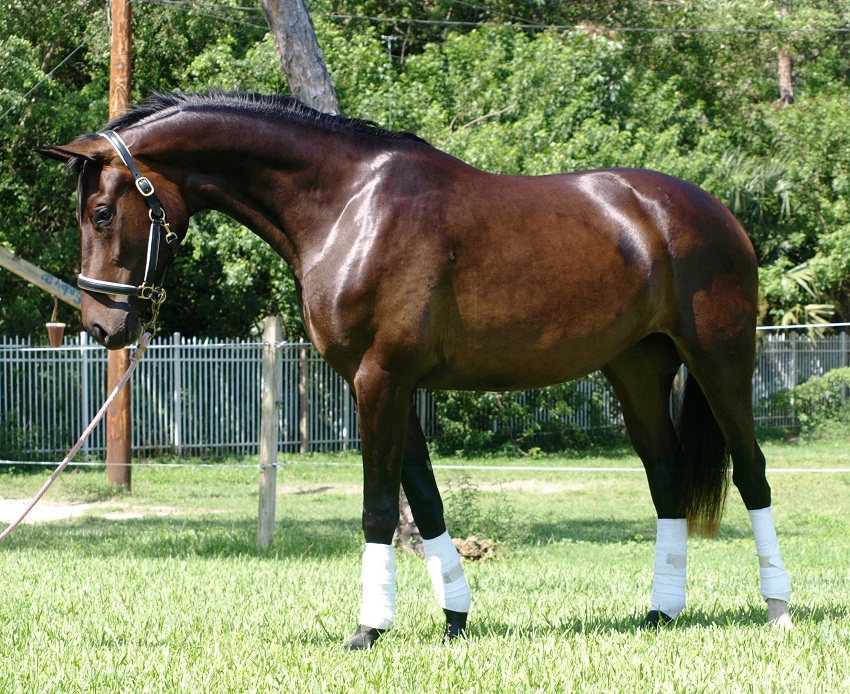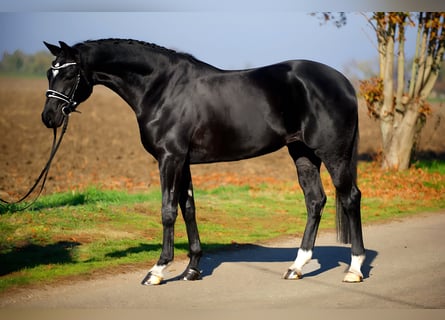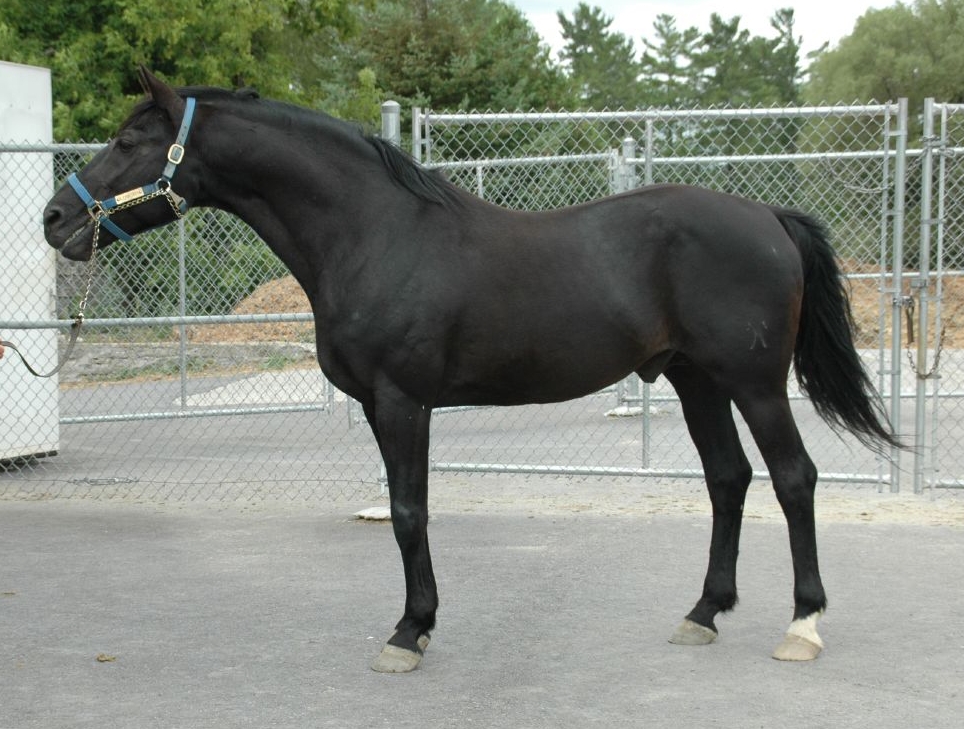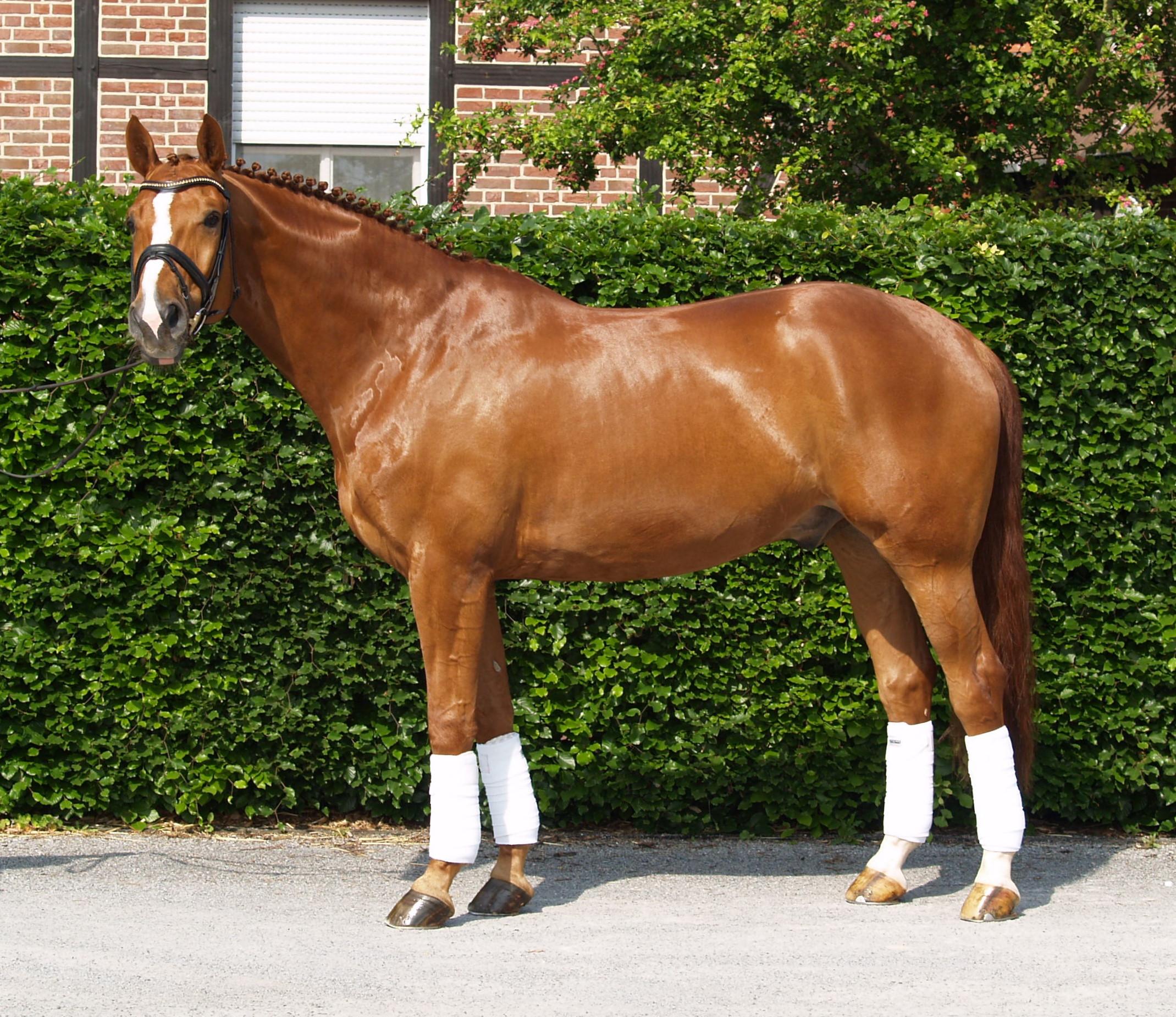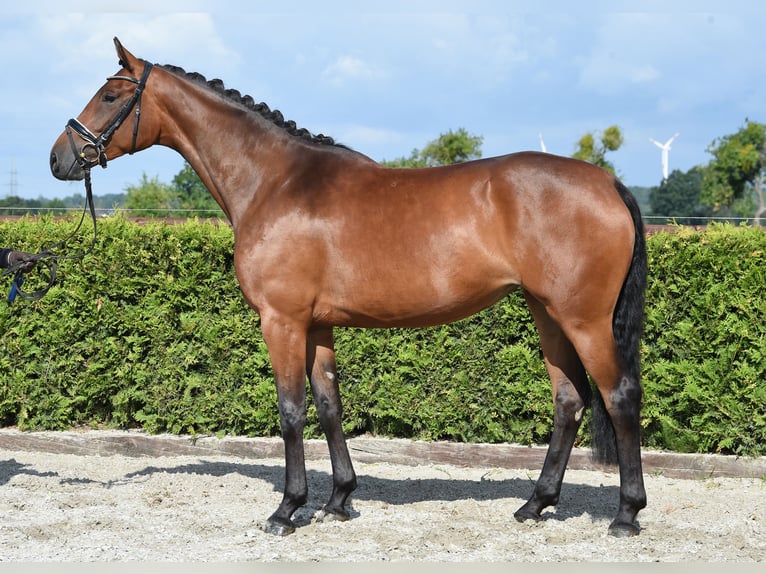Description
The Hanoverian Horse: A Testament to Versatility and Excellence
The Hanoverian horse, one of the most revered breeds in the equestrian world, is known for its striking appearance, athleticism, and versatility. With roots tracing back to the early 18th century in Lower Saxony, Germany, this breed has become a prominent figure in various equestrian disciplines, including dressage, show jumping, and eventing. This article delves into the history, characteristics, training, and popularity of the Hanoverian horse.
Historical Background
The Hanoverian breed was established in the early 1700s, primarily for the purpose of producing war horses. Prince George of Hanover, who later became King George I of Great Britain, initiated the breeding program at the Celle State Stud. The aim was to create a strong, robust horse capable of carrying cavalry soldiers into battle. Breeders sought to combine local mares with Thoroughbred stallions, which contributed to the breed’s refinement and athleticism.
Over the years, the breeding program evolved, and the focus shifted from producing war horses to developing a versatile sport horse. The introduction of Arabian and other European bloodlines further enhanced the Hanoverian’s capabilities, establishing it as a premier choice for competitive riding.
Physical Characteristics
The Hanoverian horse is characterized by its impressive stature, typically standing between 15.3 to 17.3 hands (approximately 63 to 71 inches) tall. They possess a well-muscled, athletic build with a powerful neck, broad shoulders, and a deep chest. Their legs are strong and proportionate, ensuring stability and endurance.
The breed is most commonly bay, black, or chestnut in color, although other colors can occasionally be seen. A distinctive feature of Hanoverians is their expressive heads, often adorned with large, intelligent eyes that exhibit an eager and willing temperament.
Temperament and Training
One of the most appealing aspects of the Hanoverian horse is its temperament. Known for their intelligence, willingness to work, and trainability, Hanoverians are often described as “gentle giants.” Their calm demeanor makes them suitable for both novice and experienced riders, allowing them to excel in various disciplines.
Training a Hanoverian requires a balanced approach, focusing on building a solid foundation of groundwork before progressing to under-saddle work. They thrive in environments where they receive consistent, positive reinforcement, and they respond well to structured training regimens. Many professional riders and trainers appreciate the Hanoverian’s ability to learn quickly and their eagerness to please.
Versatility in Equestrian Sports
The Hanoverian horse’s versatility is one of its most celebrated traits. These horses have made a significant impact in various equestrian disciplines, including:
- Dressage: Hanoverians are known for their grace, fluid movement, and athletic ability, making them a popular choice for dressage competitions. Their natural talent for collection and extension is often showcased in the highest levels of the sport.
- Show Jumping: The breed’s powerful hindquarters and quick reflexes make Hanoverians formidable show jumpers. Many have competed successfully at national and international levels, demonstrating both speed and agility.
- Eventing: As a breed known for its stamina and athleticism, Hanoverians are often seen in eventing competitions. Their ability to excel in cross-country, dressage, and show jumping phases makes them a favorite among event riders.
Popularity and Influence
The Hanoverian breed is recognized globally, with a strong presence in North America, Europe, and beyond. The Hanoverian Verband, the breed’s governing body, plays a crucial role in promoting the breed’s standards and ensuring the quality of breeding programs. The registry’s commitment to maintaining the integrity of the breed has led to its continued success and popularity.
Furthermore, Hanoverians have contributed to the development of other horse breeds and have been influential in improving equine genetics worldwide. Their bloodlines are sought after for breeding programs aimed at producing top-tier sport horses.
Conclusion
The Hanoverian horse is more than just a breed; it represents a rich history of craftsmanship, dedication, and passion for equestrian sports. With their striking appearance, exceptional athleticism, and gentle disposition, these horses have earned their place as one of the most esteemed breeds in the equestrian community. Whether in the dressage arena, show jumping course, or on the cross-country trail, Hanoverians continue to impress riders and audiences alike, embodying the spirit of versatility and excellence in the world of horses.


